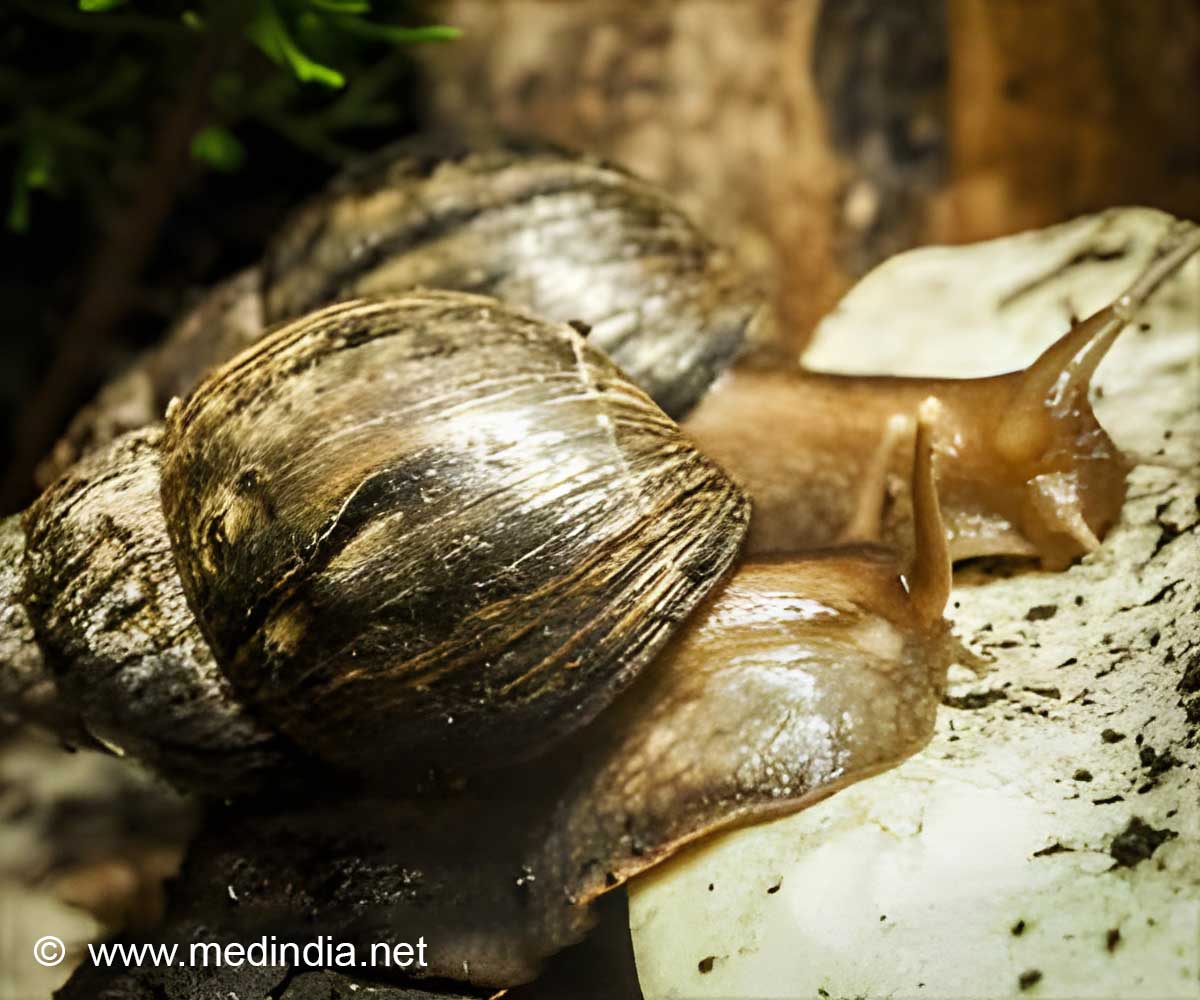
‘The snail was able to survive in the abscess as the hostile environment provided sufficient moisture which was trapped within its shell.’
Tweet it Now
A skin abscess, also called a boil, is a bump that appears within or below the skin's surface. This bump is usually full of pus or translucent fluid. It's typically due to a bacterial infection. The case was reported and published in the journal BMJ Case Reports. Doctors said, “An extensive literature review of major medical and scientific databases... was performed. We found no documented case reports in medical literature of marine snails living inside a bacterial skin abscess for any length of time.”
Wounds Can Harbor Snails
In 2013, a similar case of a four-year-old boy was documented, who also had a snail hatch inside him. Highlighting the similarities between the two cases, doctors suggested that the possibility of the snail entering the body, in the same way, was high.
In the present case, the 11-year-old had a 'blister' on his left elbow which had slowly been growing in size. He had no pain or itching which indicated that it was clearly an infection. Doctors, after closer inspection, decided to drain the pus on the boy's elbow using a sterile needle.
Advertisement
A sea snail and its shell, measuring 4mm in diameter, were removed from the lump. It was then sent for tests to confirm its identity.
Advertisement
"Periwinkles are herbivores, feeding primarily on algae from rocks in the high tidal zones. As a result of living in this habitat, they are often exposed to air and have the capability to close their shell tightly onto firm surfaces with a horny operculum and a glue-like mucous," Khait wrote.
Most skin abscesses are caused by harmless bacteria that humans carry on their skin, but occasionally can be triggered, more unusual, ways. A slight graze, like what the boy endured after falling on the rocks, can ‘open the door’ to parasites or opportunistic organisms, such as a tiny snail.
Source-Medindia














